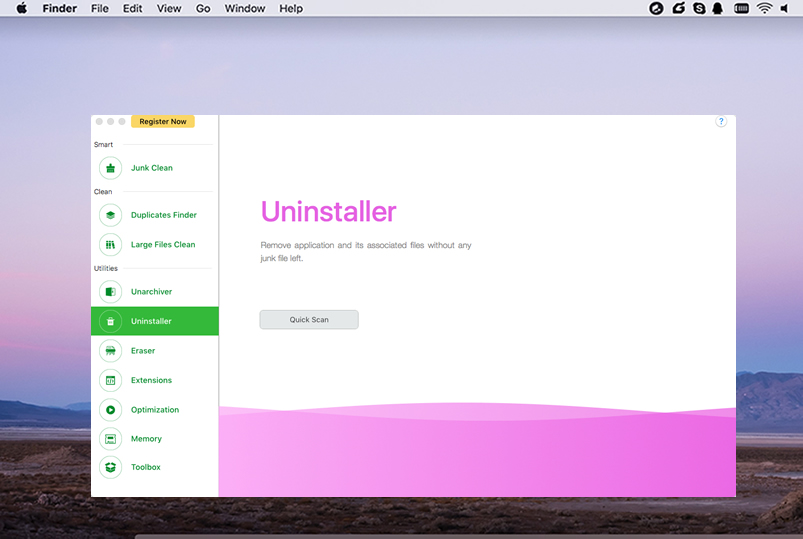

- #Best uninstaller app for mac 2017 how to
- #Best uninstaller app for mac 2017 install
- #Best uninstaller app for mac 2017 software
#Best uninstaller app for mac 2017 how to
How To Uninstall Java From El Capitan, Sierra & High Sierra Once you’ve identified the application or websites that keep demanding Java, you can use the following instructions to rid your Mac of Java for good.
#Best uninstaller app for mac 2017 install
You can find instructions here how to install Java on El Capitan & Sierra or you can simply uninstall the application that keeps prompting you to use Java if you don’t need it anymore. If you’ve got here because you keep getting a Java SDK error message in El Capitan or macos Sierra, there is probably an application installed on your Mac that requires Java or a website or game (such as Minecraft) that you’re trying to access that requires it. The instructions provided here show how to disable Java from El Capitan OS X 10.11, macOS 10.12 Sierra and macOS 10.13 High Sierra but it works for all versions of OS X including OS X 10.6 Snow Leopard, OS X 10.7 Lion, OS X 10.8 Mountain Lion, OS X 10.9 Mavericks and OS X 10.10 Yosemite. The truth is, there’s actually no way to fully remove Java from Mac but you can easily completely disable it. Here is a selection:įor more information visit The XLab FAQs and read the FAQ on removing software.Java is one of the most confusing and frustrating add-ons for Mac and here we show you the easiest way to uninstall Java from El Capitan, Sierra and High Sierra. There are many utilities that can uninstall applications. Be sure you also delete this item as some programs use it to determine if it's already installed. The item generally has a ".pkg" extension. Usually with the same name as the program or the developer. Some applications install a receipt in the /Library/Receipts/ folder. You can modify Spotlight's behavior or use a third-party search utility, EasyFind, instead. Unfortunately Spotlight will not look in certain folders by default.

If an application installs any other files the best way to track them down is to do a Finder search using the application name or the developer name as the search term. Look for them in /Library/LaunchAgents/ and /Library/LaunchDaemons/ or in /Home/Library/LaunchAgents/.
#Best uninstaller app for mac 2017 software
Some software use startup daemons or agents that are a new feature of the OS. Locate the item in the list for the application you want to remove and click on the "-" button to delete it from the list. Open System Preferences, click on the Accounts icon, then click on the LogIn Items tab.

Log In Items are set in the Accounts preferences. Startupitems are usually installed in the /Library/StartupItems/ folder and less often in the /Home/Library/StartupItems/ folder. Some applications may install a startupitem or a Log In item. Again, they don't do anything but take up disk space once the application is trashed. You can also delete the folder that's in the Applications Support folder. You can also check there to see if the application has created a folder. Some applications may install components in the /Home/Library/Applications Support/ folder. In some cases the uninstaller may be part of the application's installer, and is invoked by clicking on a Customize button that will appear during the install process. Some applications may install an uninstaller program that can be used to remove the application. If you want you can look for them in the above location and delete them, too. Although they do nothing once you delete the associated application, they do take up some disk space. Applications may create preference files that are stored in the /Home/Library/Preferences/ folder. Most OS X applications are completely self-contained "packages" that can be uninstalled by simply dragging the application to the Trash. Did it come with an uninstaller? If so then use it.


 0 kommentar(er)
0 kommentar(er)
